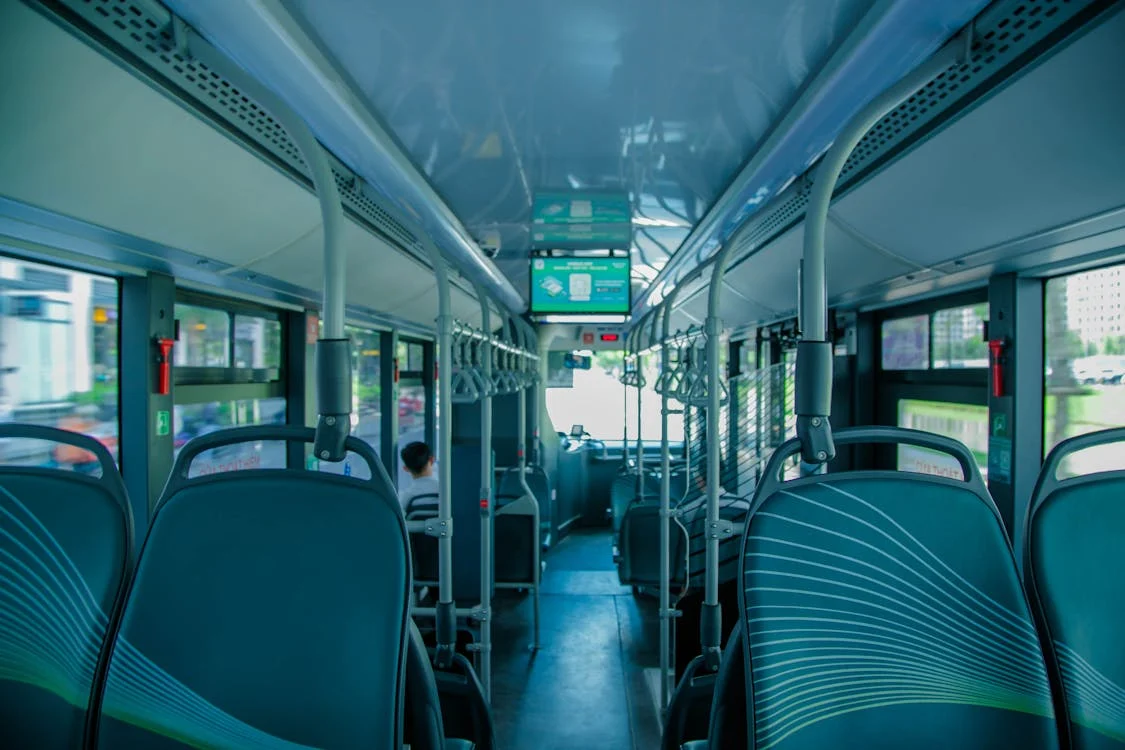For decades, the humble bus has been a reliable workhorse of urban and rural landscapes, ferrying commuters, students, and travelers to their destinations. But in today’s rapidly evolving technological landscape, the bus stop bus system is undergoing a transformation. Technology is no longer just an add-on; it’s becoming intrinsically woven into the fabric of bus transportation infrastructure, impacting everything from route planning and passenger experience to operational efficiency and environmental sustainability.
Smarter Routes, Smoother Rides:
One of the most significant ways technology is reshaping bus networks is through intelligent route optimization. Real-time data analysis, fed by GPS tracking on buses and information from traffic sensors, allows for dynamic adjustments to routes based on demand, congestion, and even unexpected events. This means:
Reduced commute times: Buses can adapt to avoid bottlenecks and prioritize routes with higher passenger volumes.
Improved accessibility: Data-driven route adjustments can extend services to underserved areas and better connect communities.
Enhanced reliability: Real-time information allows for proactive responses to delays and disruptions, keeping passengers informed and minimizing disruptions.
Empowering Passengers with Information:
Technology is also empowering passengers with access to real-time information, turning what was once a passive experience into an informed journey.
- Real-time bus tracking: Passengers can see exactly where their bus is and estimate its arrival time.
- Journey planning tools: Integrated mapping and schedule information allows for seamless planning of multi-modal journeys, combining bus travel with other modes of transport.
- Automated fare payment: Contactless payment options, including mobile ticketing and smart cards, streamline the boarding process and reduce delays.
- Accessibility features: Integration of audio and visual announcements, along with real-time information updates, ensures accessibility for all passengers, including those with disabilities.
Optimizing Operations for Efficiency and Sustainability:
Behind the scenes, technology is driving significant improvements in operational efficiency and environmental sustainability.
- Fleet management systems: These systems provide real-time insights into vehicle performance, fuel consumption, and driver behavior, allowing for proactive maintenance and optimized fuel efficiency.
- Electric buses: The rise of electric buses is being fueled by advancements in battery technology and charging infrastructure. By analyzing data from sensors and diagnostic tools, maintenance teams can predict potential issues before they arise, minimizing downtime and reducing maintenance costs.
The Challenges and Opportunities Ahead:
While the benefits of technology in bus transportation are undeniable, challenges remain. Addressing digital equity, ensuring data privacy, and mitigating cybersecurity risks are crucial for realizing the full potential of this transformation.
Looking ahead, the future of bus transportation is promising, driven by further advancements in areas like:
- Autonomous buses: While still in the early stages of development, autonomous buses hold the potential to revolutionize urban mobility and improve accessibility in underserved areas.
- Smart bus shelters: Equipped with solar panels, interactive displays, and Wi-Fi connectivity, these shelters can transform bus stops into community hubs.
- Integration with smart city infrastructure: Seamless integration with smart city platforms will enable more efficient traffic management, optimized route planning, and improved overall urban mobility.
Technology is fundamentally reshaping bus stop bus transportation infrastructure, making it more efficient, sustainable, and passenger-friendly. The future of bus travel is not just about getting from point A to point B; it’s about creating a smarter, more sustainable, and more connected urban environment.
